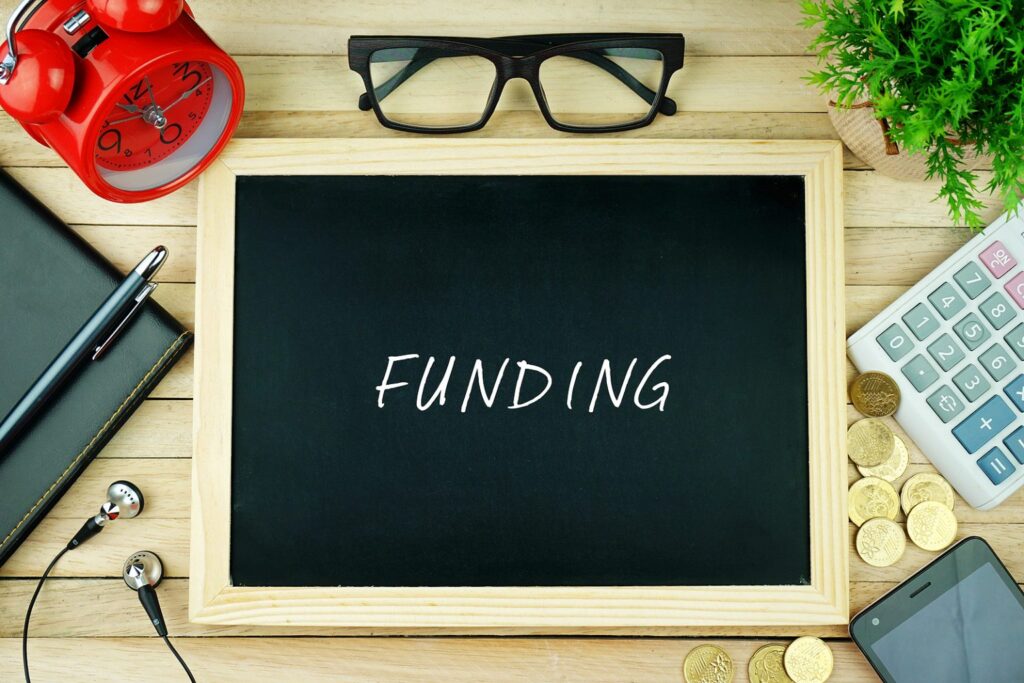As California reopens, ESSER III funds can provide a much needed boost to California schools, allowing them to return to in-person learning safely. Below, a look at what ESSER III funds are, and how they can be used.
What are ESSER III funds?
Over the course of the pandemic, the Federal Government has passed several plans to provide emergency relief to schools – CARES, CRRSA, and ARP. The emergency relief money from these plans is officially named Elementary and Secondary School Emergency Relief, or ESSER for short.
Back in March, the Federal Government passed the American Rescue Plan (ARP), providing 122.7 billion dollars in emergency relief to schools. Since this was the third chunk of ESSER funds, it’s called ESSER III (or ARP ESSER). This money was then distributed to state education agencies, for them to distribute to local education agencies to aid in reopening. Most of the funding has already been distributed to the states.
In total, California’s piece of the ESSER III pie is roughly 15 billion dollars. Slightly more than $13 billion of that goes to LEAs. The rest (about 10%) is reserved for state education agencies. California has received only two-thirds of its funding, since the Federal Government is waiting on the state’s ARP ESSER plan.
How to receive ESSER III funds
In order for a LEA to receive ESSER III funds in California, there are several steps for them to take, including filling out Assurances, filing a Safe Return to In-Person Instruction and Continuity of Services Plan, and an Expenditure plan. As a note: most schools have filed a perfectly acceptable Safe Return Plan, but need to receive stakeholder input and public comment in order to fulfill the requirements on the form. Check with your school/district’s legal counsel if this is the case.
You can find an in-depth look at the process and deadlines here. The Federal requirements for both the Expenditure plan and the Safe Return to In-Person Instruction and Continuity of Services Plan can be found here.
California’s Department of Education recently closed their first round of applications for ESSER III funds on June 25th. If your school district didn’t make it by the June 25th deadline, don’t worry – they can still fill out Assurances for the next round of funding. You can find additional information on the application process here.

What can ESSER III funds be used for?
ESSER III, like ESSERs I and II, has a list of Allowable Uses. These are generally the same as the Allowable Uses for ESSER I and II, since the Allowable Uses for one ESSER fund apply to both of the others. ESSER III does have an additional Allowable Use, in that it can be used for, “Developing strategies and implementing public health protocols, including, to the greatest extent practicable, policies in line with guidance from the CDC for the reopening and operation of school facilities to maintain the health and safety of students, educators, and other staff.”
Essentially, ESSER I, II, and III can all be used for the same types of things, but LEAs do need to reserve 20% of ESSER III funds for combating learning loss. The California Department of Education has a handy chart here as to what is allowable when using each fund.
Once an LEA receives ESSER III funds, they will have to submit their Expenditure Plan which explains how they’ll use at least 20% of the funds to combat learning loss, and how the other 80% will be used (guided by the Allowable Uses).
It’s important to note as well that ESSER III funds can be used for any project (that falls under the Allowable Uses) dating back to March 13, 2020, and going forward to September 30, 2024. So the ESSER III money doesn’t have to be used right away, and can also be used to pay for projects from last year. However, it does need to be used in a way that is related to the COVID-19 pandemic. For example, if a school needed another classroom building, they would have to explain how this is related to stopping the spread of COVID-19 (like that it’s necessary for social distancing). In addition, the school/district would need to show that they looked at using less expensive options, and that the one they chose was, in fact, the best one.
School facility repairs, improvements and maintenance can fall under the Allowable Uses, as long as a school can explain how those improvements reduce the risk of spreading COVID and exposure to environmental health hazards, or improve indoor air quality. With the well-documented desperate state of current school facilities, using ESSER funds for facilities improvements is a smart move.
ESSER III funds could be used to make California schools more sustainable as well, since there are a number of facilities upgrades that also fight COVID. As an example, adding air purifiers or filters can reduce the risk of COVID spreading, and reduce other airborne contaminants. Upgrading a school’s windows can improve indoor air quality. Or a school could replace existing carpet with sustainable tile, which would aid in cleaning and sanitizing.
As we’ve previously mentioned in our magazine, increasing air quality and ventilation in schools is vitally important. It can reduce transmission of COVID-19, as well as preventing a host of other health issues in teachers and students alike. The ESSER III funds could be a big help in updating older HVAC systems, as these can be modified (or replaced) to filter out COVID and other contaminants.
Because the ESSER funds are a one-time injection, they provide a unique opportunity for schools to invest in sustainable infrastructure, potentially freeing up their existing budget for operational costs, such as hiring support staff or additional teachers. This money could be the beginning of a better, greener future for California schools. The funding provides an additional way for schools to make progress with their sustainability efforts overall.
Written by Blaise Epstein, A former teacher from Los Angeles, currently a writer in Seattle, Washington.
Note: This is not meant to be legal advice. Check with your school/district’s legal counsel and the California Department of Education on uses of ESSER funds.
For more financial options and assistance; you can visit the websites of Metrus Energy and/or First Note Finance inc.

